�
PROGRAMMING LANGUAGE
DESIGN CONCEPTS
�
PROGRAMMING LANGUAGE
DESIGN CONCEPTS
David A. Watt, University of Glasgow
with contributions by
William Findlay, University of Glasgow
John Wiley & Sons, Ltd
�
Copyright O 2034
John Wiley & Sons Ltd, The Attium, Southern Gate, Chichester.
West Sussex PO19 SSQ, England
Telephone (+44) 1243 779777
Email (for orders andcustomer service enquiries): cs~books@wiley.co.uk
Visit our Home Page on wu?u.wileyeurope.com orwu?u.wiley.com
All Rights Reserved. No part of this publication may be reproduced, stored in a retrieval system or transmitted in
any form or by any means, electronic, mechanical, photocopying, recording, scanning or otherwise, except under
the terms of the Copyright, Designs and Patents Act 1988 or under the t e r m of a licence issued by the Copyright
Licensing Agency Ltd, 90Tottenham Court Road, London WlT4LP, UK, without the permission in writing of the
Publisher, with the exception of any material suppliedspecifically for the purposeof being entered and executed
on a computer system for exclusive use by the purchase of the publication. Requests to the Publisher should be
addressed to the Permissions Department, John Wiley & Sons Ltd, The Atrium Southern Gate, Chichester, West
Sussex PO19 SSQ, England, or emailed to permreq@wiley.co.uk, or faxed to (+44) 1243 770620.
This publication is designed to provide accurate and authoritative information in regard to thesubject matter
covered. It is sold on the understanding that the Publisher is not engaged in rendering professional services. If
professional advice or other expert assistance is required, theservices of a competent professional should be sought.
ADA is a registered trademark of the US Government Ada Joint ProgramOffice.
JAVA is a registered trademark of Sun Microsystems Inc.
OCCAM is a registered trademark of the NMOS Group of Companies.
m x is a registered trademark of AT&T Bell Laboratoties.
Other Wiley Editorial Ofices
John Wiley & Sons Inc, 111 River Street, Hoboken, NJ 07030, USA
Jossey~Bass, 989 Market Street, San Francisco, CA 941031741, USA
Wiley~VCH Verlag GmbH, Boschstr. 12, D~69469 Weinheim Germany
John Wiley & Sons Australia Ltd, 33 Park Road, Milton, Queensland 4064, Australia
John Wiley & Sons (Asia) Pte Ltd, 2 Clementi Loop #02~01, Jin Xing Distripark, Singapore 129809
John Wiley & Sons Canada Ltd, 22 Worcester Road, Etobicoke, Ontatio, Canada M9W 1L1
Wiley also publishes its books in a variety of electronic formats. Somecontent that appears
in print may not be available in electronic books.
Librnry of Congress Cataloging-in-Publication Data
Watt, David A . (David Anthony)
Programming language design concepts I David A . Watt; with
contributions by WilliamFindlay.
p. cm.
Includes bibliographical references and index.
ISBN 0~47045320~4
l.Programminglanguages(Electroniccomputers)I.Findlay, William,
1947 I 1 Title.
(pbk. : alk. paper)
BritishLibrnry Cat?loguing in Publication Dat?
Acatalogue record for this book is available from the Btitish Library
ISBN 0~470~85320~4
Typeset in 10112pt TimesTen by Laserwords Private Limited, Chennai, India
Printed and bound in Great Britain bv Biddles Ltd. Kine's Lvnn
This book is printed on acid~free paper responsibly manufactured from sustainable forestry
in which at least huo trees are plantedfor each one usedfor paper production.
, " ,
�
To Carol
�
�
Con tents
Preface
Part I: Introduction
1 Programming languages
1.1
Programming linguistics
1.1.1 Concepts and paradigms
1.1.2
1.1.3 Language processors
Syntax, semantics, and pragmatics
1.2 Historical development
Summary
Further reading
Exercises
Part 11: Basic Concepts
2 Values and types
2.1 Types
2.2
Primitive types
2.2.1 Built-in primitive types
2.2.2 Defined primitive types
2.2.3 Discrete primitive types
2.3 Composite types
2.3.1 Cartesian products, structures, and records
2.3.2 Mappings, arrays, and functions
2.3.3 Disjoint unions, discriminated records, and objects
2.4 Recursive types
2.4.1 Lists
2.4.2 Strings
2.4.3 Recursive types in general
2.5 Type systems
2.5.1 Static vs dynamic typing
2.5.2 Type equivalence
2.5.3 The Type Completeness Principle
2.6 Expressions
2.6.1 Literals
2.6.2 Constructions
2.6.3
Function calls
2.6.4 Conditional expressions
2.6.5
2.6.6 Constant and variable accesses
Iterative expressions
�
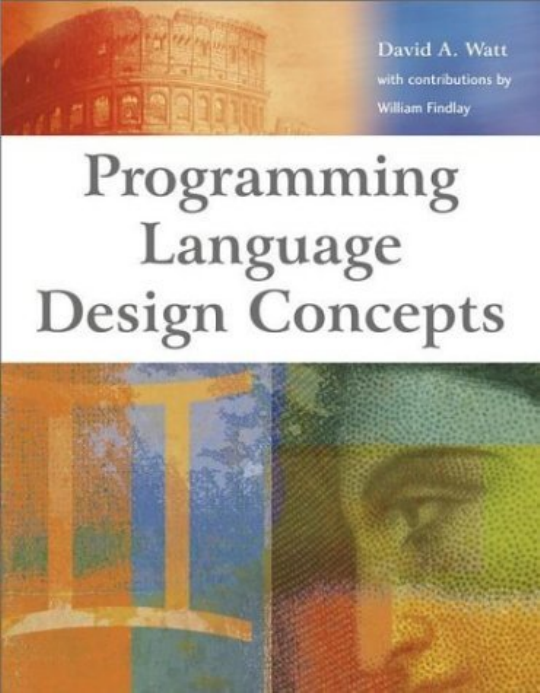


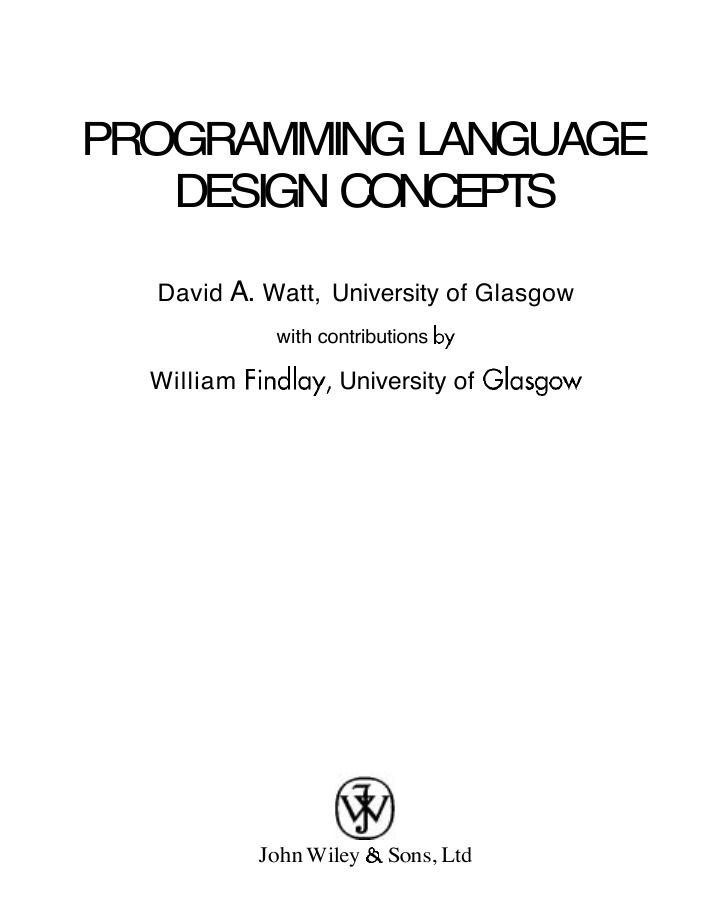
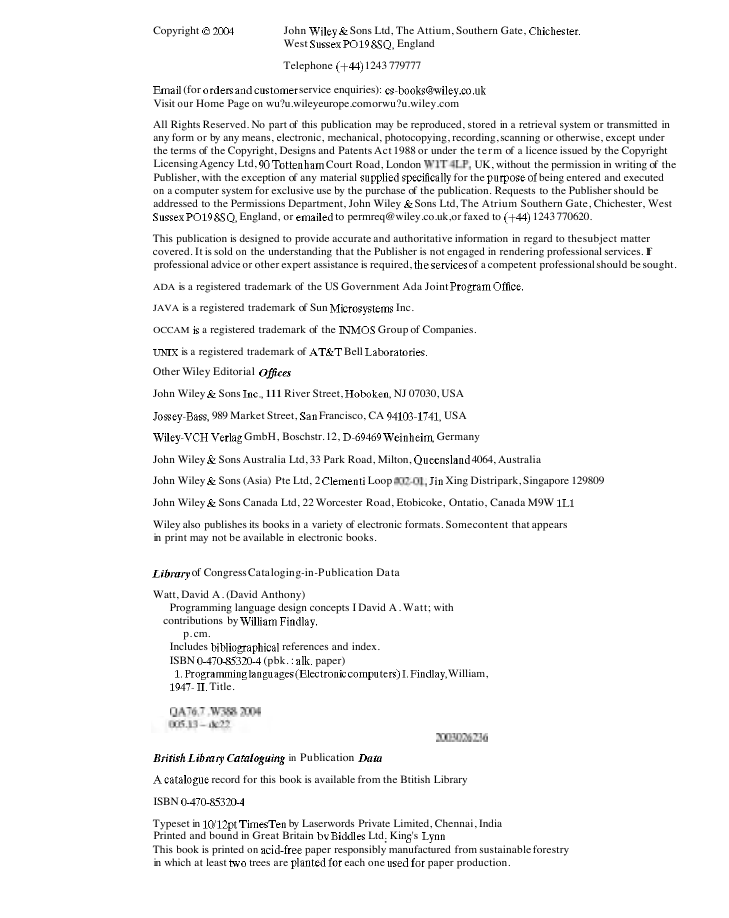
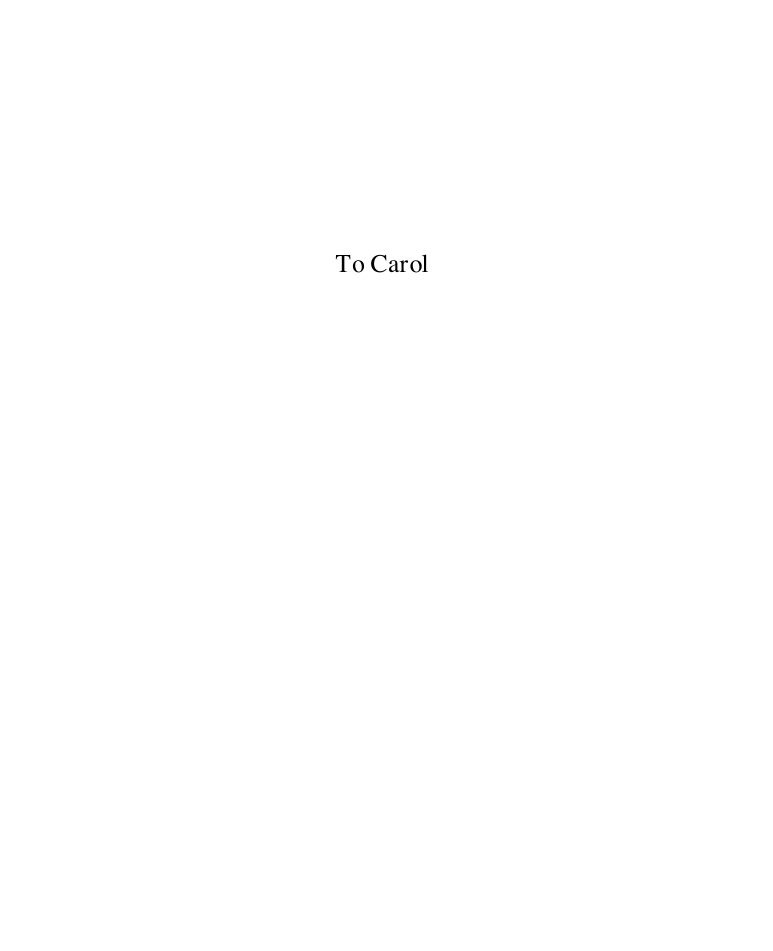

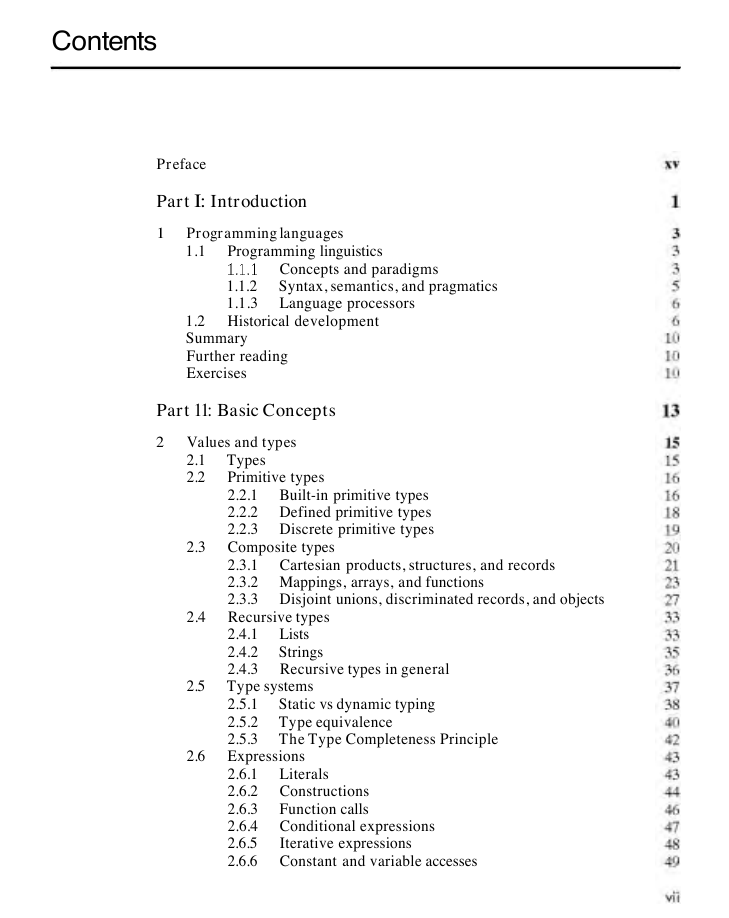








 2023年江西萍乡中考道德与法治真题及答案.doc
2023年江西萍乡中考道德与法治真题及答案.doc 2012年重庆南川中考生物真题及答案.doc
2012年重庆南川中考生物真题及答案.doc 2013年江西师范大学地理学综合及文艺理论基础考研真题.doc
2013年江西师范大学地理学综合及文艺理论基础考研真题.doc 2020年四川甘孜小升初语文真题及答案I卷.doc
2020年四川甘孜小升初语文真题及答案I卷.doc 2020年注册岩土工程师专业基础考试真题及答案.doc
2020年注册岩土工程师专业基础考试真题及答案.doc 2023-2024学年福建省厦门市九年级上学期数学月考试题及答案.doc
2023-2024学年福建省厦门市九年级上学期数学月考试题及答案.doc 2021-2022学年辽宁省沈阳市大东区九年级上学期语文期末试题及答案.doc
2021-2022学年辽宁省沈阳市大东区九年级上学期语文期末试题及答案.doc 2022-2023学年北京东城区初三第一学期物理期末试卷及答案.doc
2022-2023学年北京东城区初三第一学期物理期末试卷及答案.doc 2018上半年江西教师资格初中地理学科知识与教学能力真题及答案.doc
2018上半年江西教师资格初中地理学科知识与教学能力真题及答案.doc 2012年河北国家公务员申论考试真题及答案-省级.doc
2012年河北国家公务员申论考试真题及答案-省级.doc 2020-2021学年江苏省扬州市江都区邵樊片九年级上学期数学第一次质量检测试题及答案.doc
2020-2021学年江苏省扬州市江都区邵樊片九年级上学期数学第一次质量检测试题及答案.doc 2022下半年黑龙江教师资格证中学综合素质真题及答案.doc
2022下半年黑龙江教师资格证中学综合素质真题及答案.doc